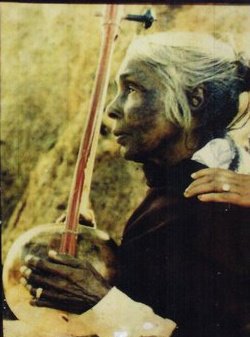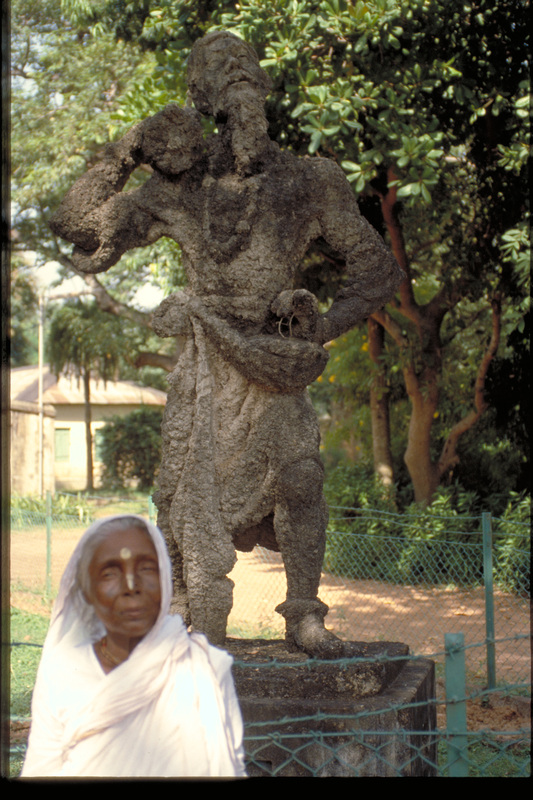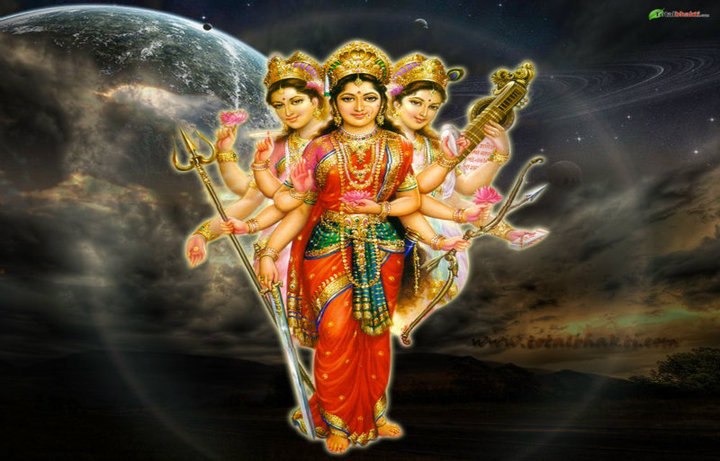Translated into English by Anand Swarup Gupta
Published by All India Kashiraj Trust, Varanasi - 1968
Read book online:
http://bit.ly/2kDCbSU
Download pdf book:
http://bit.ly/2kGL4v9
The Vamana Purana, (Sanskrit: वामन पुराण, Vāmana Purāṇa), is a medieval era Sanskrit text and one of the 18 major Puranas. The text is named after one of the incarnations of Vishnu and probably was a Vaishnavism text in its origin. However, the modern surviving manuscripts of Vamana Purana are more strongly centered on Shiva, while containing Chapters that revere VIshnu and other Gods and Goddesses. It is considered a Shaivism text. Further, the text hardly has the character of a Purana, and is predominantly a collection of Tirtha Mahatmyas (glories of pilgrimages) to many Shiva-related places in India with legends and mythology woven in.
The extant manuscripts of Vamana Purana exist in various versions, likely very different from the original, and show signs of revision over time and regions. It has been published by All India Kashiraj Trust in two rounds. The first round had 95 Chapters, while the critical edition published in the second round has 69 Chapters plus an attached Saro-Mahatmya with 28 Chapters dedicated to temples and sacred sites in and around modern Haryana. Both these versions lack the Brihad-Vamana with four Samhitas, which is mentioned in the text, but is believed to have been lost to history. The text is non-sectarian, and its first version was likely created by the 9th to 11th century CE.
The earliest core of the text has been dated variously between 450 CE - 900 CE, but most scholars favor the 9th to 11th century. The early printed editions of this work had 96 Chapters, the new versions have 69 Chapters with a supplement. The supplement were not found in some versions of manuscripts discovered in Bengal.
At the beginning (Chapter 1), Narada asks Pulastya about the assumption of the Vamana Avatar by Vishnu, which is his dwarf avatar. The text includes Chapters glorifying Vishnu, but includes many more chapters glorifying Shiva. The text also glorifies various goddesses. The text barely contains, even as few Chapters, of cosmology, genealogy, mythology and Manavantaras expected in a Purana. The text includes Saro-Mahatmya, which is a 28 Chapter guide to the Tirthas, rivers and forests of region around Thanesar and Kurukshetra in modern Haryana, as well as sites in modern eastern Punjab (India). The text also mentions geography and sites in South India.
The Padma Purana categorizes Vamana Purana as a Rajas Purana. Scholars consider the Sattva-Rajas-Tamas classification as "entirely fanciful" and there is nothing in this text that actually justifies this classification.
Source: http://bit.ly/2kDCVYl
Image:
Watercolour painting on paper of Vāmana, one of the incarnations of Viṣṇu. The painting shows Vāmana as a dwarf,having water poured over his hands by the King Bali.
Company School
19thC(early)
Painted in Patna
Credit: © Trustees of the British Museum
Opaque watercolour and gold on paper
Mughal Style
Mughal dynasty
1610 (circa)
India
Credit: © Trustees of the British Museum
Madhya Pradesh
Late 9th-10th century
Sandstone sculpture
Credit:
Los Angeles County Museum of Art


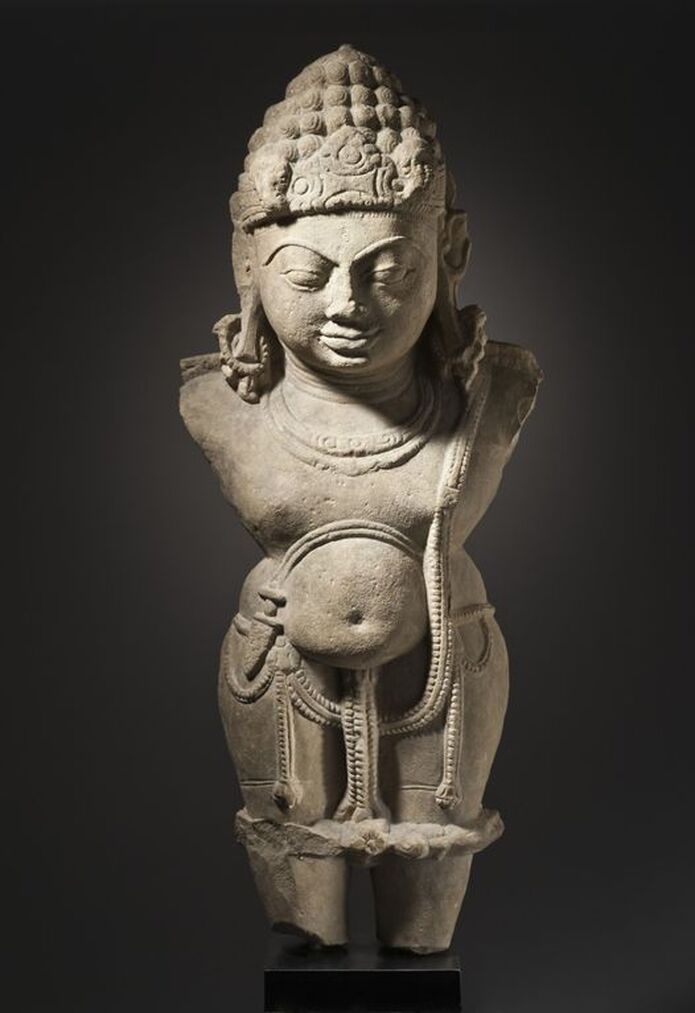
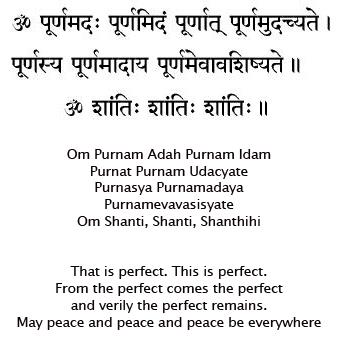

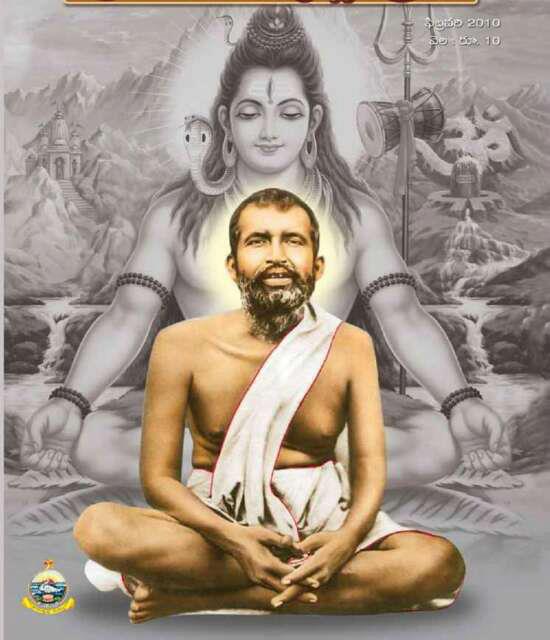

















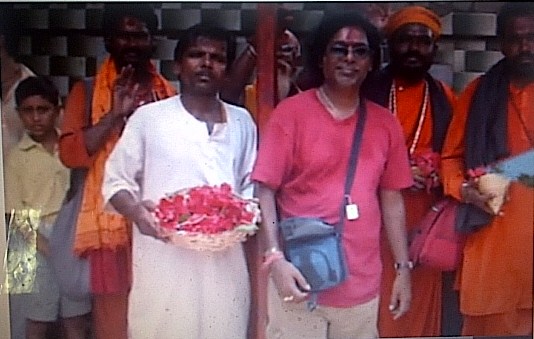




 RSS Feed
RSS Feed
